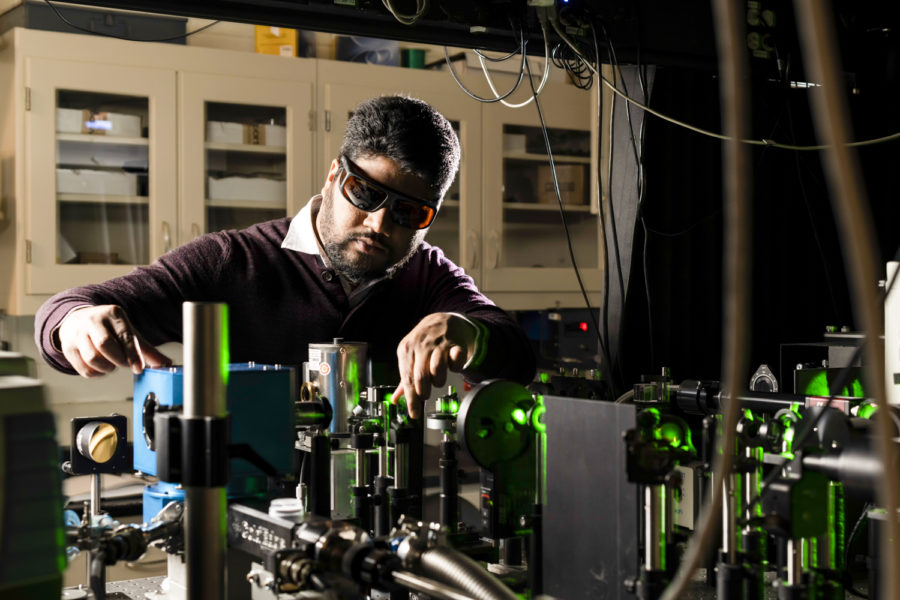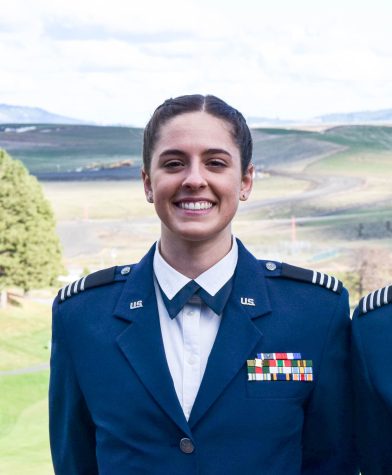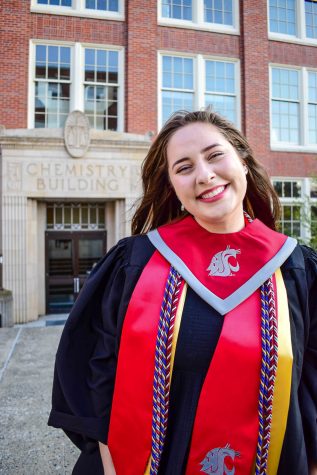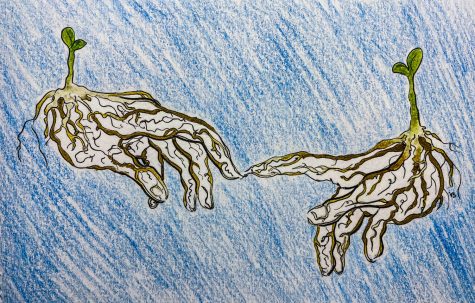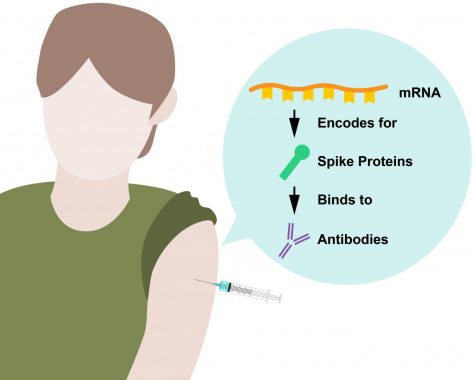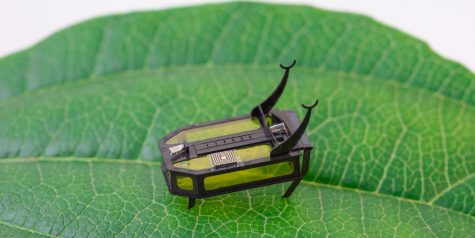WSU alum recognized by Time magazine
Alum’s finding takes scientists closer to developing tech like hoverboards
Alumnus Ranga Dias uses equipment that compresses and alters the properties of hydrogen-rich materials in his lab.
April 22, 2021
WSU alumnus Ranga Dias has been recognized as an innovator and emerging leader by Time in its 2021 Time100 Next list for the creation of the first-ever room-temperature superconductor.
Unlike ordinary metals, superconductive material has two unique properties: it has no electrical resistance and no magnetic field, Dias said.
“You can send the current without any resistance so that there’s no loss of energy,” Dias said. “This can be revolutionizing if we can make a room-temperature superconducting wire.”
This technology has seemingly endless capabilities, Dias said. Superconductivity could transform technological development, transportation, power systems and medical equipment. Essentially, anything that uses electricity could be improved by superconductivity.
Dias said his advancement has also taken scientists one step closer to developing technologies like hoverboards and high-speed trains.
To make the superconductor, researchers compressed a combination of hydrogen, carbon and sulfur between two diamonds, Dias said. The pressure reached to achieve superconductivity was about 39 million pounds per square inch. Pressures that high are only naturally found within the Earth’s core or on other planets.
As the pressure the researchers applied increased, so did the temperature at which superconductivity was possible, Dias said. They were able to achieve superconductivity at about 58 degrees Fahrenheit, a drastic difference when compared to current working superconductors, such as those found in MRI machines, which need temperatures below -220 degrees Fahrenheit to work, making them impractical for many daily uses.
“We got rid of the temperature constraint, but then we have this pressure as the next barrier,” Dias said.
While this advancement has been made, there are still a lot of unknowns about the exact mechanics that explain superconductivity. If researchers can understand this mechanism and find what the driving force for the superconductive activity is, then they might be able to design something that works at a lower pressure.
“Our group is now focused on how we can get to that ambient pressure. All of my research efforts are now directly focused on bringing the pressure down to make it an applicable material in day-to-day life,” Dias said.
Another way to approach the problem is to make the material metastable so that it keeps the superconductive properties even after the pressure is removed. Dias compares how this might work to how diamonds are formed. If carbon is pressurized enough to make a diamond, when the pressure is released the material remains stable as a diamond. It does not become carbon again.
Even as a graduate student at WSU, Dias was interested in superconductors. Although they fascinated him, he was not sure how the problem could be tackled.
“The WSU [Institute for] Shock Physics sort of gave me a doorway. Using pressure, you can really change the nature of material,” Dias said. “If you take materials out of normal conditions, they do not behave the same way. They can have really different properties.”
An entirely new periodic table could be created by pressurizing materials, changing the way they behave. The periodic table is no longer valid once elements are pressurized, Dias said. He was struck by this and thought the use of pressure could be a good tool to work on superconductivity.
It was clear to his professors early on that Dias was a unique student, who was passionate about science and research. His research was productive, and he was highly motivated and independent, said Choong-Shik Yoo, professor in the Institute for Shock Physics.
“As a student, Ranga was extremely bright, very strongly motivated to do excellent research, and had an outstanding work ethic. I am very pleased, but not at all surprised, by his considerable success,” said Yogendra Gupta, professor and director of the WSU Shock Physics Institute.
Dias also credits his professors for their continued assistance beyond his time at WSU.
“I give credit to Gupta because he always helped put me in the right direction in a crucial point of my scientific career. He was always a great mentor, giving me advice. If I hadn’t talked to him, I may not be here,” Dias said.
After earning his doctorate degree at WSU, Dias went to work at Harvard where he learned about hydrogen and how it can be used to create room-temperature superconductivity. After finishing his postdoctoral research there, he started his independent lab at the University of Rochester, leading to this discovery.
“Ranga Dias is an extremely talented, creative, and motivated scientist. He is fearless in tackling new scientific challenges. His recognition by Time magazine – as an innovator – is most appropriate and well-deserved,” Gupta said. “I am confident that he will continue to do outstanding research well into the future. Ranga is a very special individual.”


